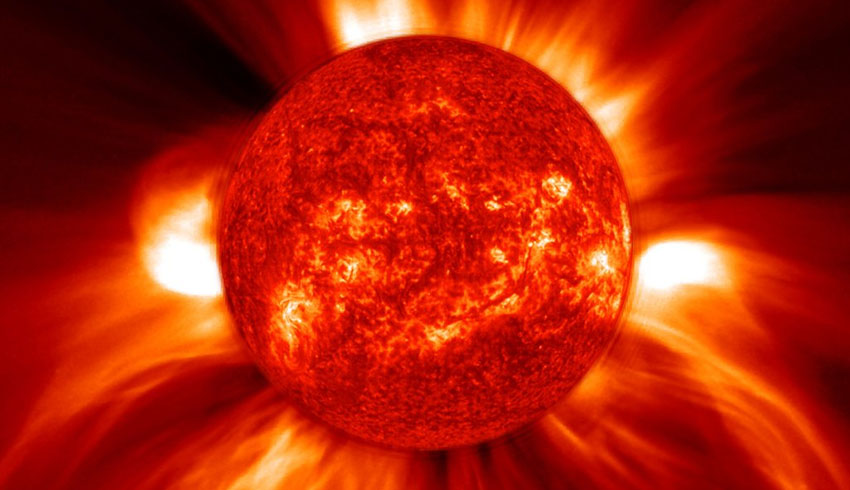
Leading the Australian end will be Professor Iver Cairns, director of the Australian Research Council Training Centre for CubeSats, UAVs and Their Applications (CUAVA) at the University of Sydney.
He’s the only international co-investigator to be selected for both missions in the NASA Small Explorer (SMEX) series.
Sydney University will participate in PUNCH (Polarimeter to Unify the Corona and Heliosphere), which will study how the sun drives particles and energy into the solar system, and TRACERS (Tandem Reconnection and Cusp Electrodynamics Reconnaissance Satellites), which will study Earth’s response.
Professor Cairns said PUNCH and TRACERS addressed some of the biggest open questions in space science and astrophysics.
“PUNCH’s four small satellites will allow us to measure and understand how the sun’s magnetic field loops and million-degree plasma are transformed into the turbulent solar wind, which streams past and interacts with the Earth and other planets,” he said.
“TRACERS’s two satellites will explore how magnetic reconnection proceeds at Earth and accelerates energetic electrons and ions through the cusps into the atmosphere and ionosphere.
“Although built in the USA, the six new satellites for PUNCH and TRACERS will provide great case studies for students, post-doctoral researchers, scientists, and industry people involved in CUAVA.”
Professor Cairns said their participation in these missions would benefit the five CubeSat missions CUAVA anticipates flying in the next five years.
The PUNCH mission is being led by the Southwest Research Institute in Boulder, Colorado, and TRACERS by the University of Iowa. Launch date is no later than August 2022.
NASA has funded both missions – PUNCH for US$165 million and TRACERS for US$115 million.
Thomas Zurbuchen, NASA associate administrator for the Science Mission Directorate in NASA headquarters in Washington, said NASA selected these two missions because of their high-class science.
They would also work well with the other heliophysics spacecraft conducting mission to protect astronauts, space technology and life on Earth.
“These missions will do big science, but they’re also special because they come in small packages, which means that we can launch them together and get more research for the price of a single launch,” he said.
NASA said the sun generated a vast output of solar particles known as the solar wind and its variability created space weather.
Near Earth, these particles interact with Earth’s magnetic field with potentially profound impacts on human interests, such as astronauts’ safety, radio communications, GPS signals and utility grids.
“The more we understand what drives space weather and its interaction with the Earth and lunar systems, the more we can mitigate its effects, including safeguarding people and technology on Earth and in space,” NASA said.
PUNCH comprises four suitcase-sized satellites and will image and track solar wind as it leaves the sun, along with coronal mass ejections – the large eruptions of solar material that can drive large space weather events near Earth.
TRACERS will observe particles and fields at the Earth’s magnetic cusps, studying how magnetic fields around Earth interact with those from the sun.
Professor Cairns will study the timing and properties of energetic particles and plasma waves observed by TRACERS to determine how magnetic reconnection occurs and accelerates energetic particles.
Receive the latest developments and updates on Australia’s space industry direct to your inbox. Subscribe today to Space Connect here.












